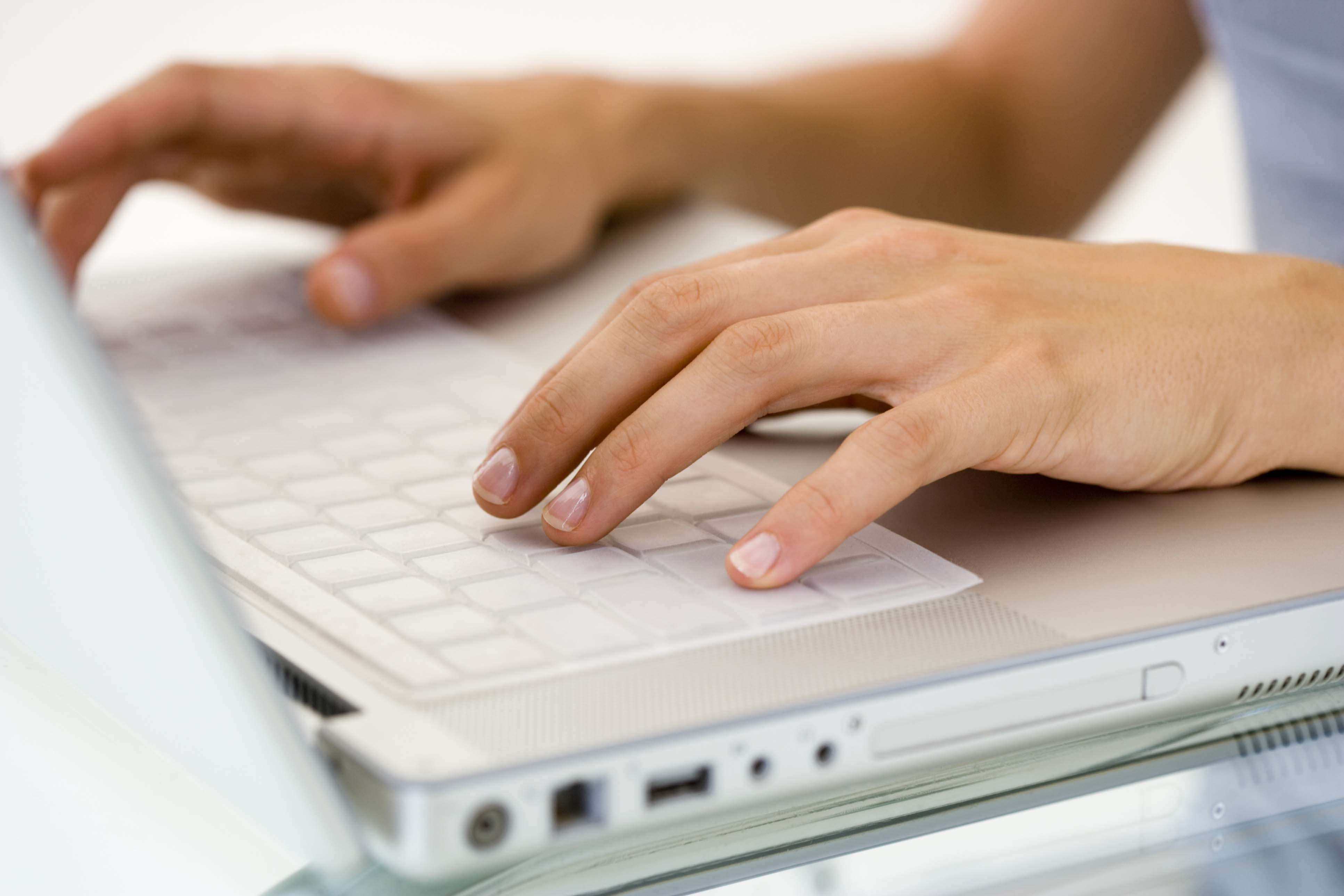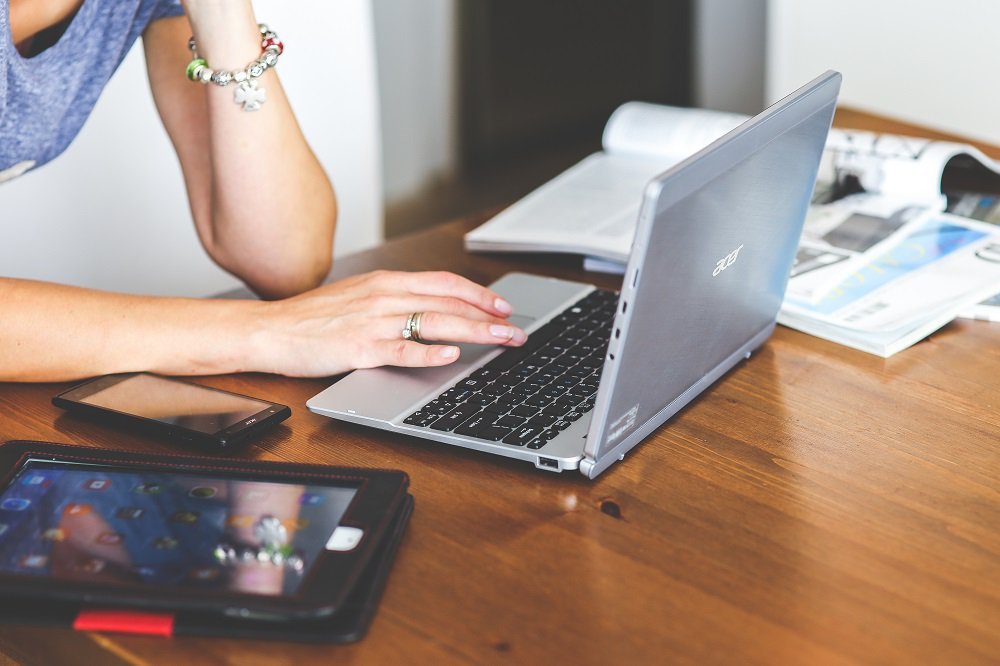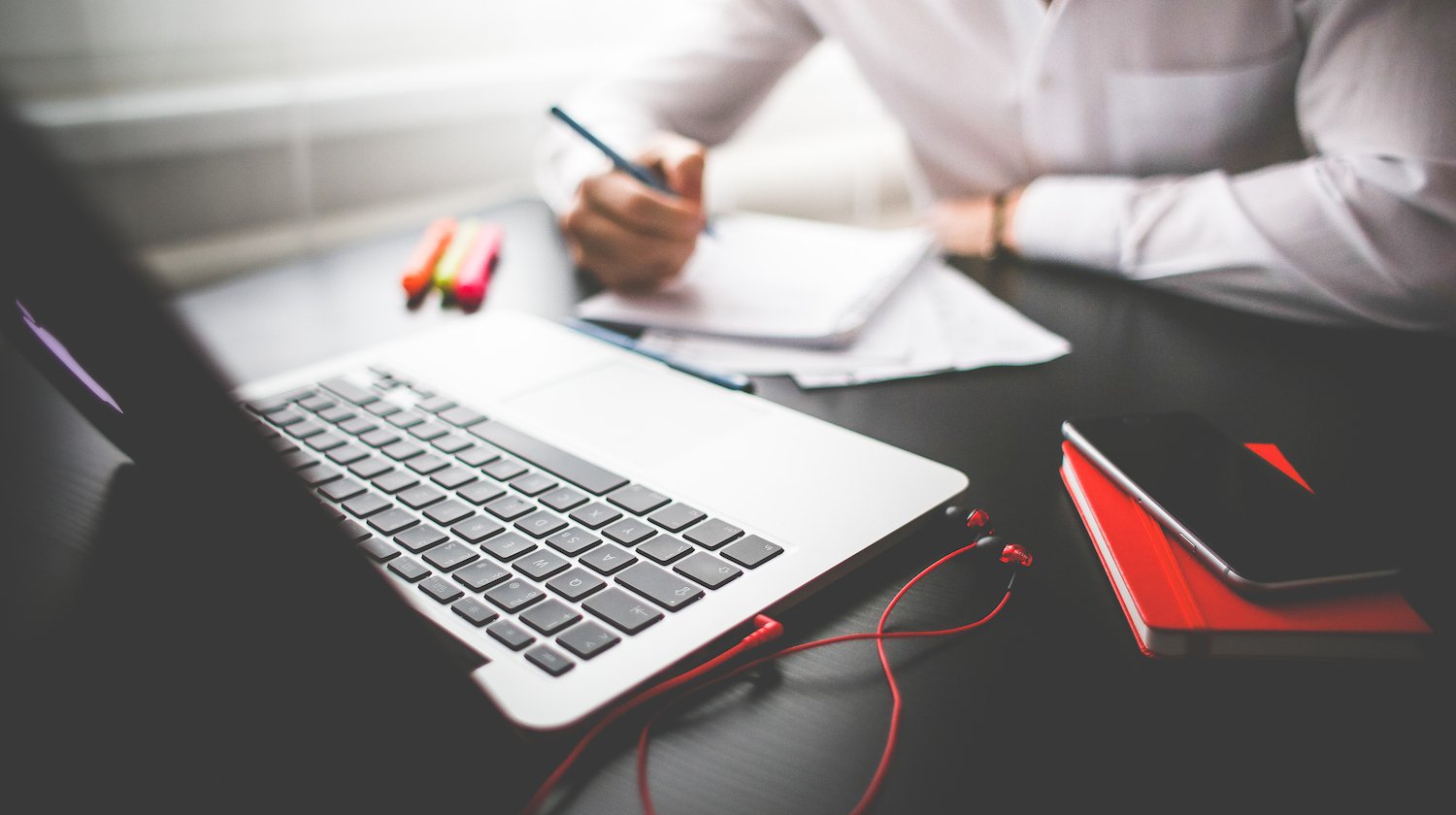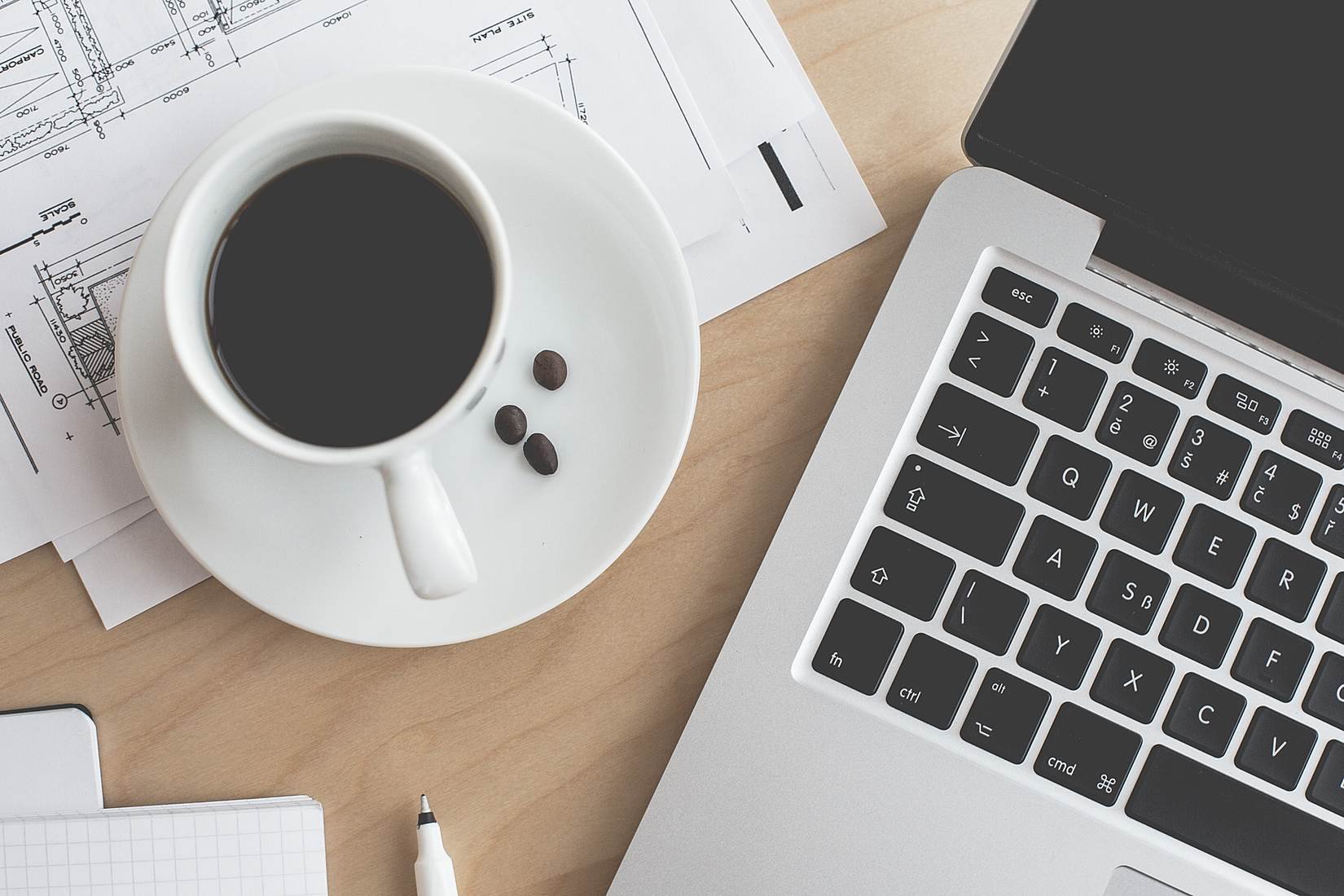Making it big in the cut-throat professional world these days is not very different from walking a tightrope 50 feet above a pit of flaming coals. And when you’re on your way to the top, your every move counts.
So if sending a mildly unimpressive or, dare I say, offensive email can get in your way to success, believe me you want to read these guidelines.
Stick to these email etiquettes and forever rule out messing up a professional relationship because of a below-par email.
1. Capitalise your first words, use appropriate punctuation and DO NOT use multiple ‘!!!’ or ‘???’
Use proper sentence structure. Phrases or thoughts thrown in randomly lend to unclear communication. And it comes off as childish and/or rude and unprofessional.

2.Spell check everything.Don’t ever resort to short forms like ‘u’ for ‘you’, ‘gr8’ for ‘great and ‘cuz’ for ‘because’.
Cuz the truth of the matter is that emails with typos are simply not taken very seriously.
3. Address the receiver with the appropriate level of formality.
While ‘Dear Sir/Madam’ is not a necessity in most official emails any more, make sure you steer clear of openers like ‘What’s up’ and definitely make sure you spell their name correctly.

4.If you are emotionally charged and your email reflects that, walk away from the computer and wait to reply.
Remember, emails last forever. Craft a message body that is direct and to the point, and save emotional expression for a face-to-face interaction.
5.Refrain from using the ‘Reply to All’ feature unless you are sure your email pertains to all others on the email thread.
In most cases, replying to the ‘Sender’ alone is your best course of action.

6. When sending large attachments, make sure you ask your recipient if and when it would be convenient for them to receive them.
Make sure you use the abbreviation ‘PFA’ in a sentence outlining the context of your attachment. Also remember to name the attached files logically, and ‘zip’ or compress them before sending.
7. Ensure that the ‘Subject’ of your email reflects clearly and concisely the content of your email.
8. A few additions of ‘please’ and ‘thank you’ go a long way in remaining polite while emphasising your point in the email.

9. Keep official emails brief and to the point.
No matter how close a personal relationship you have with the concerned individual, save the longer conversations for the telephone or for when you see them.
10. Stay away from emoticons, fancy fonts and patterned backgrounds.
These are unnecessary frills that not only serve no purpose in your official communication, but also sometimes make the text harder to read.

11.Don’t forward emails without editing.
Do away with all the forwarding >>>>, other email addresses, headers and commentary from all the other forwarders. And, I shouldn’t even have to say this, but certainly never forward jokes, chain letters or non-work-related emails in a professional setting.
12. Just because someone hasn’t requested a response, doesn’t mean it is acceptable to ignore an email.
Acknowledge emails in a timely manner to build a reputation as an approachable professional.
13. Be aware of the time frame within which an email is responded to.
Responding more than 2 days after having received an email warrants a short explanation and mild apology for the delay. Also, avoid sending official emails at odd hours of the night to respect the recipient’s personal space.

14. Your sign off is important. Don’t let it read, ‘Cheers’ or ‘Take it easy’.
Go with a less casual ‘Yours sincerely’ or ‘Warm regards’. Also, make sure your name is spelled right, with correct capitalisation and do away with the grossly unnecessary ‘Sent from my iPhone’.
15. Maintain people’s privacy.
Use the Cc and Bcc tools wise to mark all the relevant people while also not giving out their contact details openly.
Let’s hope these guidelines give you that final edge in the professional arena that’ll take you to the top.

















